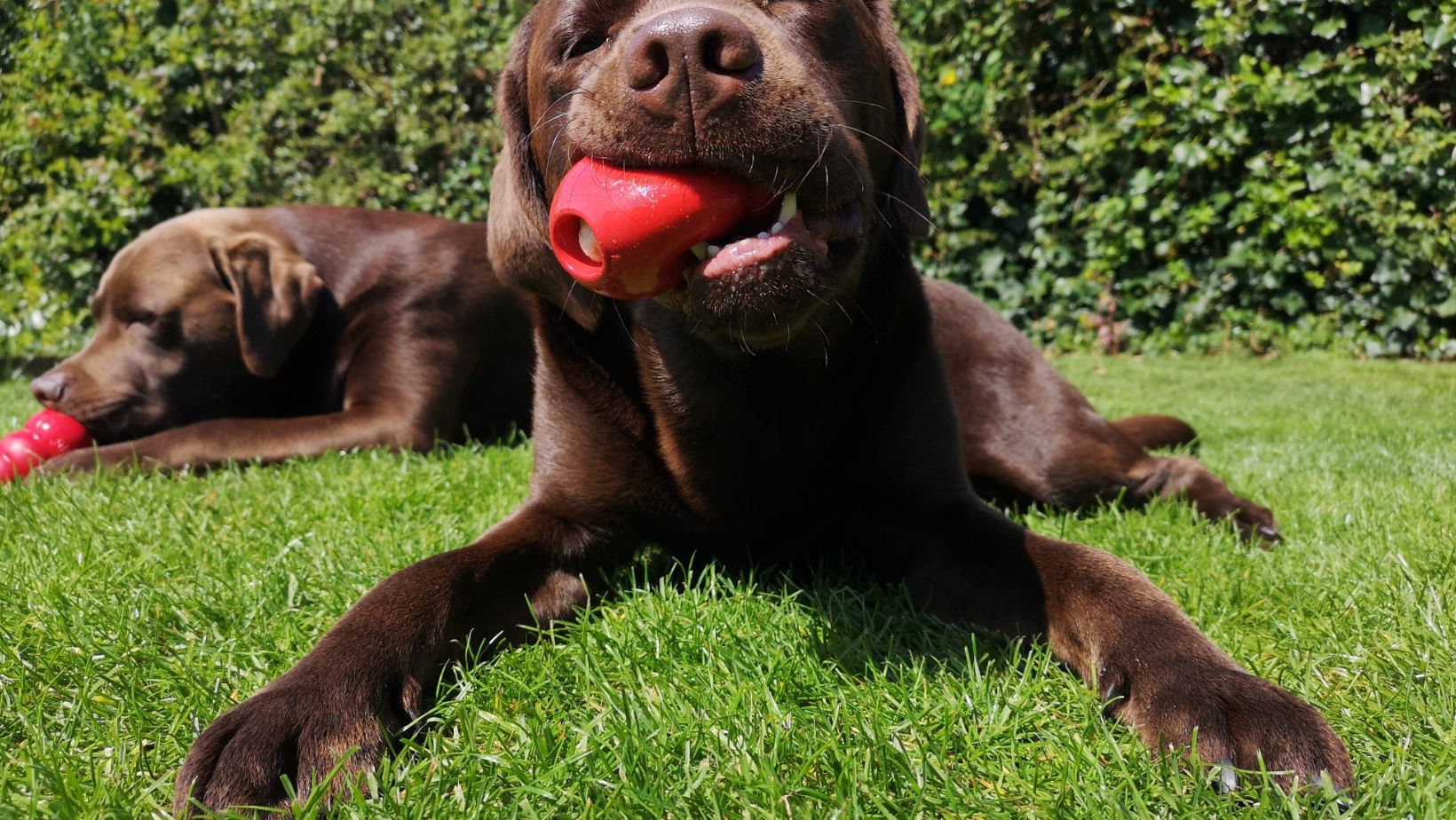How to Use a Training Collar on a Puppy
Are you struggling with the transition from a training collar to a regular collar for your Labrador puppy? Don’t worry, I’ve got you covered! In this article, I’ll guide you through the process of effectively using a training collar on your puppy and smoothly transitioning them to a regular collar.
Using a training collar can be an effective tool in teaching your puppy proper behaviour and obedience. It’s important to ensure that you use it correctly and safely. Start by selecting the right size and type of training collar for your Labrador. There are various options available, such as slip collars, martingale collars, or prong collars. Consult with a professional trainer or veterinarian to determine which one is best suited for your puppy.
When introducing the training collar to your Labrador, take it slow and gradually acclimate them to wearing it. Begin by allowing them to wear the collar for short periods while supervised. This will help them get used to the sensation and prevent any discomfort or anxiety. Reward their cooperation with treats or praise so they associate positive experiences with wearing the training collar.
Once your puppy is comfortable wearing the training collar, it’s time to start incorporating leash training. Attach a lightweight leash to their collar and practice walking in controlled environments. Use gentle guidance and corrections when necessary, ensuring not to pull too hard on the leash. Consistency is key here – reinforce good behaviour with rewards and redirect any unwanted behaviours.
As your Labrador becomes more accustomed to walking on a leash with the training collar, you can gradually transition them to a regular collar. Start by using both collars simultaneously during walks, gradually relying less on the training collar over time until they are solely wearing the regular one.
Remember, patience is vital throughout this process. Each dog learns at their own pace, so be sure to adapt techniques based on what works best for your pup’s individual needs. With dedication and consistency, you’ll successfully transition your Labrador from a training collar to a regular collar in no time.

Choosing the Right Training Collar
When it comes to training your puppy and transitioning them to a regular collar, choosing the right training collar is crucial. Here are some important factors to consider:
1. Size and Fit
Ensure that you select a training collar that fits your puppy properly. It should be snug but not too tight around their neck. Measure your puppy’s neck circumference accurately before purchasing a collar.
2. Material and Durability
Look for a training collar made from high-quality materials such as nylon or leather. These materials are durable and can withstand the rigours of active puppy training sessions.
3. Adjustability
Opt for a training collar with adjustable features. This allows you to customise the fit as your Labrador grows, ensuring continued comfort throughout their training journey.
4. Safety Mechanisms
Safety should be a top priority when selecting a training collar for your puppy. Look for collars with safety mechanisms like quick-release buckles or breakaway features that ensure easy removal in case of emergencies.
5. Training Method Compatibility
Consider the type of training method you’ll be using with your Labrador when choosing a collar. Different collars are designed for specific techniques such as positive reinforcement or correction-based methods, so choose one that aligns with your preferred approach.
6. Additional Features
Some training collars come with additional features like reflective strips for enhanced visibility during nighttime walks or waterproof capabilities for outdoor activities.
Remember, it’s essential to consult with a professional dog trainer or veterinarian before making any decisions about using a training collar on your puppy. They can provide valuable guidance tailored to your Labrador’s specific needs and temperament.
By carefully considering these factors, you can choose the right training collar that ensures effective communication during obedience exercises while keeping your furry friend safe and comfortable in their transition to wearing a regular collar.